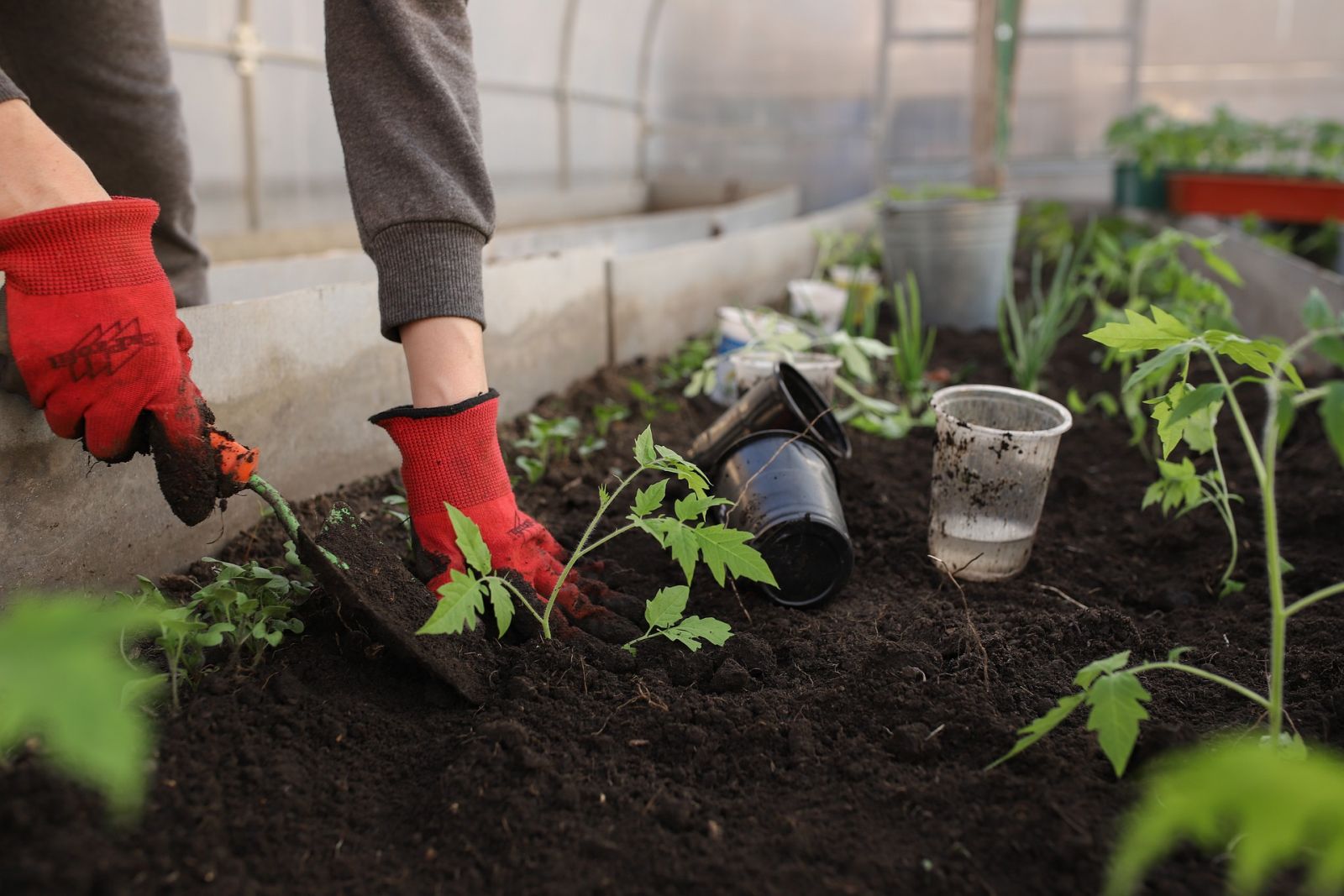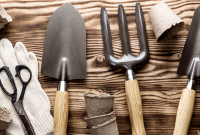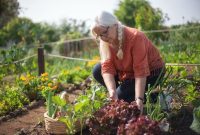1. Start
Anyone who enjoys gardening knows that the soil is the most important part of the garden. Dirt is what plants need to grow, so it is important for the health and yield of your garden. In this article you will learn how to choose the right soil for your garden by looking at the different soil types, assessing the soil in your garden and providing tips on how to improve it.
2. Different types of garden soil
To choose the right garden soil for your plants, you need to understand the different types. There are four main types of soil: sand, clay, silt and loam. Different species have different properties that affect their ability to drain water, let in air and retain nutrients.
three. Check the soil in the garden
Look at the dirt you already have before making a choice. Test the soil to find out what it is made of, what its pH is and what it feels like. Knowing these things can help you make informed choices about how to improve your dirt and which plants to use.
Four. Plant plants in suitable soil
Different plants like different types of soil. Some grow best in sandy soil that is well-drained, while others grow better in loam that retains water well. Optimal growing conditions can be achieved by adjusting the composition of the soil to suit the plants you want to grow.
5. Soil changes
Use organic waste, compost and fertilizers to improve the structure and fertility of your soil. These changes add important nutrients, help the soil retain moisture and provide a healthy environment for bacteria that benefit the soil.
six. growing plants in pots
Container gardening is a great option for people who don’t have much space. Learn what to look for when planting in pots and how to choose the right potting mix to ensure your container garden grows well.
seven. Common soil errors
To keep the planet healthy, it is important to avoid common mistakes. Root rot and other problems can occur if you overwater, don’t allow the soil to breathe or don’t address drainage problems. Make sure that the dirt remains in good condition.
8. Practices that are good for the soil
Use environmentally friendly practices such as crop rotation, cover crops and minimal tillage. Over time, these steps can improve soil health, reduce the risk of pests and diseases, and result in a healthier plant environment.
Nine. Ways to improve your garden soil
Check regularly for dirt and add nutrients if necessary. Find a mixture so that you don’t use too many chemicals, which can upset the delicate balance of bacteria in the soil. Well-cared for soil produces thick, healthy plants.
10. Expert help
Get advice from gardening experts in your area and join online gardening groups. By sharing your experiences and information with other soil enthusiasts, you can better understand how the soil in your area differs from that in other places.
Nine. In summary
It takes research and care to find the right dirt for your garden. Understanding the different types of dirt and adjusting accordingly is important for a garden to perform well. Remember that soil is not just dirt; This is what your plants need to survive.
Frequently Asked Questions
Question 1: How often should I test my soil?
A: You should test your soil at least once a year, and preferably before each growing season.
Question 2: Can I plant my plants in pots with regular garden soil?
A: That is possible, but for better drainage and air circulation in the pot it is best to use a special potting soil.
Question 3: What pH value is best for most plants?
A: Most plants grow best in a pH range of 6.0 to 7.0 (slightly acidic to neutral).
Question 4: What can I do to make clay dirt better?
A: Adding organic matter, such as decomposed fertilizer and manure, can help clay soil hold together better and drain better.
Question 5: Should crops be rotated in small vegetable gardens?
A: Yes, crop rotation helps prevent soil-borne diseases and makes the planet healthier overall, even on a small scale.





